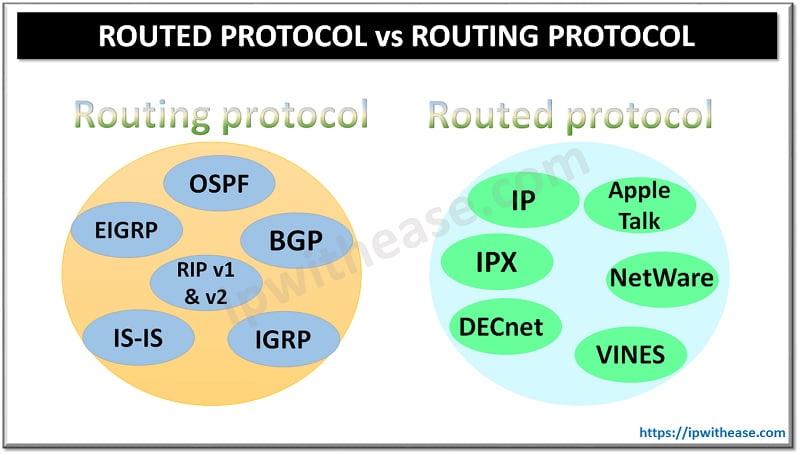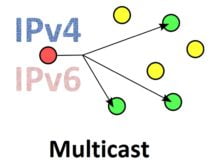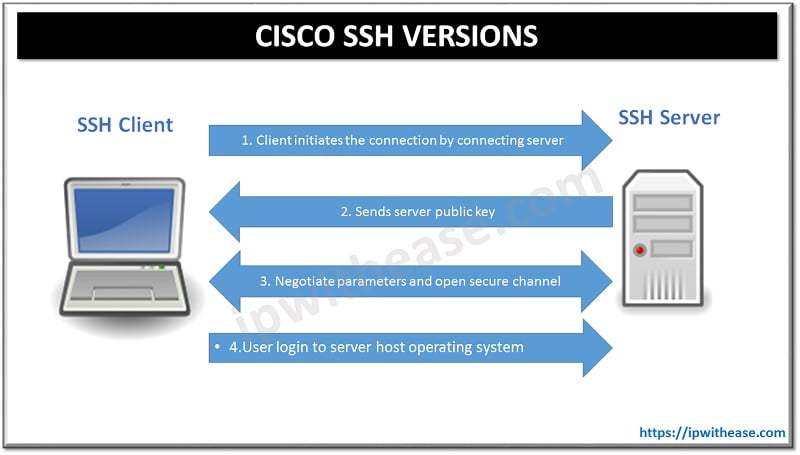Google ADs
Table of Contents
In this blog we will discuss some of the commonly used internet terms and concepts.
General Internet Terms
- Bandwidth – The maximum data transfer rate of a network or internet connection.
- IP Address – A unique numerical label assigned to each device connected to the internet.
- Domain Name – The user-friendly address of a website (e.g., google.com).
- DNS (Domain Name System) – Translates domain names into IP addresses.
- URL (Uniform Resource Locator) – The web address used to access a website.
- HTTP (HyperText Transfer Protocol) – The protocol used for transferring data on the web.
- HTTPS – A secure version of HTTP that encrypts data using SSL/TLS.
- Server – A computer that hosts websites and services on the internet.
- Client – A device or application that accesses information from a server.
- VPN (Virtual Private Network) – A service that encrypts internet traffic for privacy.
Related- HTTP vs HTTPS
Web and Browsing Terms
- Browser – Software used to access and navigate the internet (e.g., Chrome, Firefox).
- Cache – Temporary storage that helps load web pages faster.
- Cookies – Small data files stored on a user’s device to track website activity.
- Incognito Mode – A private browsing mode that does not save history or cookies.
- Bookmark – A saved link to a website for quick access.
- Search Engine – A tool used to find information on the web (e.g., Google, Bing).
- SEO (Search Engine Optimization) – The process of improving a website’s visibility in search results.
- Homepage – The main page of a website.
- Hyperlink – A clickable link that directs users to another page or website.
- Captcha – A test to verify that a user is human, preventing bots from accessing sites.
Networking and Connectivity
- Wi-Fi – A wireless technology for internet access.
- Router – A device that connects networks and directs internet traffic.
- Firewall – A security system that monitors and controls network traffic.
- Ethernet – A wired network connection for internet access.
- Modem – A device that connects to an ISP (Internet Service Provider) for internet access.
- Cloud Computing – Storing and accessing data over the internet instead of on local devices.
- Latency – The delay in data transmission between devices.
- Ping – A command used to test network connectivity between devices.
- Bandwidth Throttling – Slowing down internet speed based on usage.
- Packet – A small unit of data transmitted over a network.
Social Media and Communication
- DM (Direct Message) – A private message sent on social media platforms.
- Hashtag (#) – A keyword preceded by “#” used to categorize content on social media.
- Meme – A humorous image, video, or text spread online.
- Tagging – Mentioning someone in a post or comment.
- Viral – Content that spreads rapidly online.
- Troll – A person who posts inflammatory or disruptive comments online.
- Emoji – Small icons representing emotions, objects, or symbols.
- GIF (Graphics Interchange Format) – A short animated image used in online communication.
- Influencer – A social media user with a large following who affects public opinion.
- Story – A temporary post that disappears after a set time, common on platforms like Instagram and Facebook.
Cybersecurity and Privacy
- Phishing – A fraudulent attempt to obtain sensitive information through fake emails or messages.
- Malware – Harmful software, including viruses, worms, and spyware.
- Ransomware – A type of malware that locks files until a ransom is paid.
- Two-Factor Authentication (2FA) – An extra layer of security requiring two forms of verification.
- Encryption – Securing data by converting it into unreadable code.
- Hacker – A person who gains unauthorized access to systems or networks.
- DDoS (Distributed Denial of Service) – An attack that overwhelms a website with traffic to crash it.
- Spyware – Software that secretly collects user data.
- Botnet – A network of infected devices controlled by hackers.
- Zero-Day Exploit – A security vulnerability that is unknown to the vendor and exploited by hackers.
ABOUT THE AUTHOR

Founder of AAR TECHNOSOLUTIONS, Rashmi is an evangelist for IT and technology. With more than 12 years in the IT ecosystem, she has been supporting multi domain functions across IT & consultancy services, in addition to Technical content making.
You can learn more about her on her linkedin profile – Rashmi Bhardwaj



